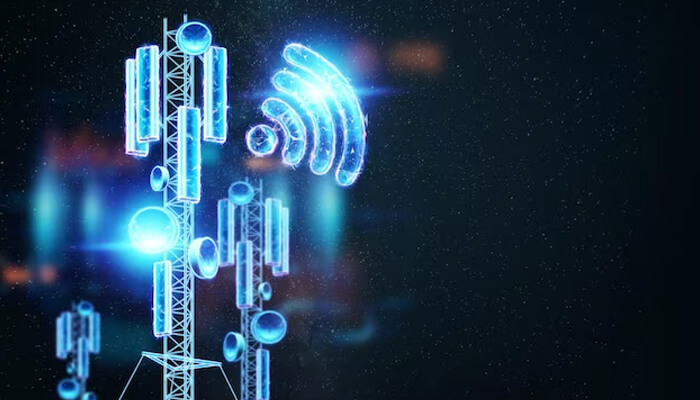Radio Over Internet Protocol (ROIP) is an innovative technology that can enable the transmission of radio communication signals through the internet. This powerful communication tool has transformed how organizations and individuals communicate across vast distances. It offers a cost-efficient and dependable alternative to conventional radio systems.
Understanding Radio Over Internet Protocol
At its core, ROIP converts analog radio signals into digital data packets, which can be transmitted over the internet using standard IP protocols. This process involves three main components:
1. Radio
The radio is the primary voice communication device in a Radio Over Internet Protocol system. Users can transmit and receive audio signals through various radios, such as handheld, mobile, or base station devices. The choice of radio could depend on the user’s specific requirements and intended application. Some radios come equipped with advanced features like GPS tracking. Other features include text messaging and emergency alerts, which can further enhance the utility of a ROIP system.
2. ROIP Gateway
The ROIP gateway is the central component that converts analog radio signals into digital data packets and vice versa. This conversion process is key for facilitating communication over the internet. There are two main types of Radio Over Internet Protocol gateways:
Hardware-based gateways: These devices can connect directly to the radio and the internet, handling the conversion process independently. They often offer superior performance and reliability compared to software-based solutions but may come with a higher initial cost.
Software-based gateways: These are applications installed on a computer or server that perform the conversion process. They may require additional hardware, such as a sound card or interface device, to connect to the radio. While they may be more cost-effective, their performance can be influenced by the host computer’s resources and stability.
3. Internet Connection
An internet connection is a medium through which digital data packets are transmitted between Radio Over Internet Protocol gateways. By leveraging the internet’s global reach, Radio Over Internet Protocol systems can establish communication links across vast distances without costly and complex radio infrastructure. The quality and reliability of a Radio Over an Internet Protocol system depend heavily on the internet connection’s stability and speed. A high-speed, low-latency connection minimizes delays. It also promotes clear voice communication.
Steps in the ROIP Process
By understanding each step in the Radio Over Internet Protocol process, users can recognize the intricacies and advantages of this innovative communication technology. To gain a comprehensive understanding of how Radio Over Internet Protocol works, here is more information on the steps involved in the process:
1. Voice Transmission Initiation
The process begins when a user speaks into their radio, generating an analog signal representing their voice. This signal is then captured by the radio’s microphone and transmitted to the attached ROIP gateway.
2. Analog-to-Digital Conversion and Compression
Upon receiving the analog signal, the Radio Over Internet Protocol gateway employs a codec (coder-decoder) to convert it into digital data packets. The codec compresses the voice signal, allowing for efficient transmission over the internet while preserving audio quality. During this conversion process, the gateway also encodes the data packets with the necessary information, such as IP addresses and port numbers, facilitating accurate internet routing.
3. Packet Transmission via the Internet
Once the voice signal has been converted into digital data packets, the packets are transmitted over the internet using standard IP protocols. The data packets travel through networks and servers that route them to their intended destination. This is based on the encoded IP addresses and port numbers. During this step, maintain a stable, high-speed internet connection to promote clear voice communication and minimal delays.
4. Digital-to-Analog Conversion and Decompression
When the data packets arrive at their destination, they are received by another ROIP gateway. This gateway decodes the digital information and converts it into an analog signal through a reverse codec process. The compressed voice signal is decompressed at this stage. It is restored to its original form while maintaining audio quality.
5. Voice Reception by the Recipient
The intended recipient’s radio receives the restored analog signal and plays it through the speaker. This allows the recipient to hear the original voice transmission. The entire process, from voice transmission initiation to reception, could occur in near real-time, facilitating seamless communication between users across vast distances.
Revolutionize Your Communication With ROIP
Radio Over Internet Protocol has emerged as a powerful communication tool with significant advantages over traditional radio systems. ROIP can enable cost-effective, long-range, and interoperable communication across various industries and applications. It achieves this by converting analog signals into digital data packets and transmitting them via the internet. Consider implementing ROIP to improve your company’s communications.



